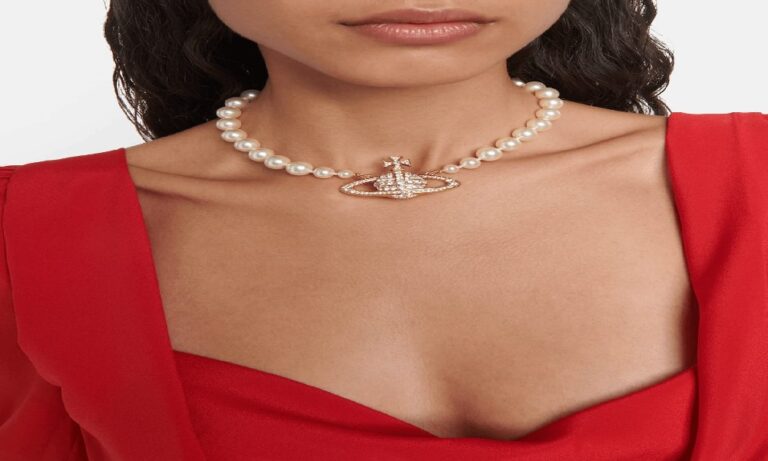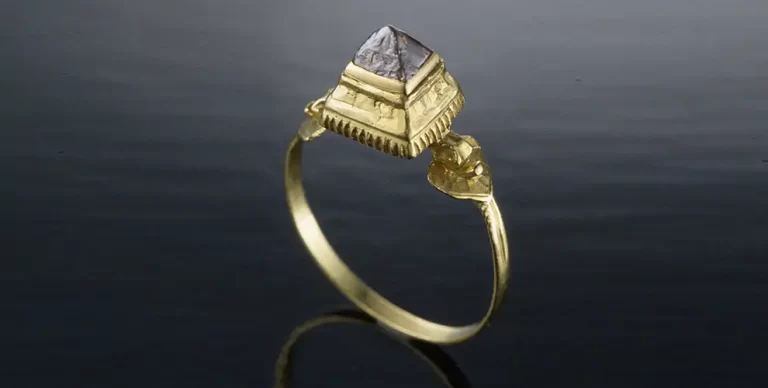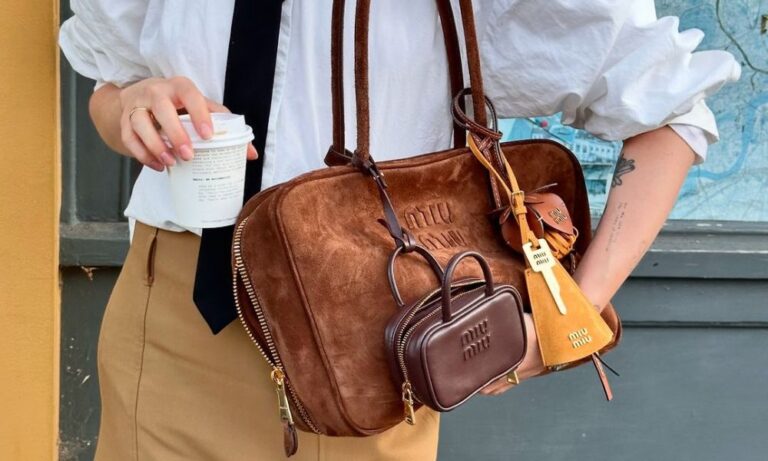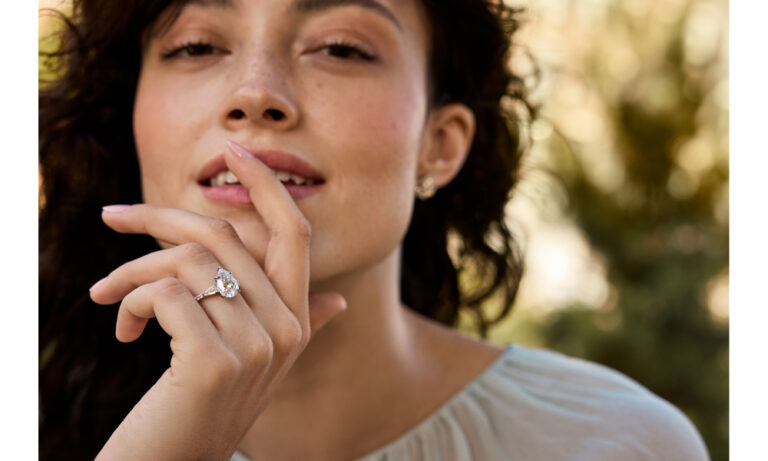
Silver jewellery has long been cherished for its timeless elegance and enduring popularity, making it a sought-after choice for fashion enthusiasts and bridal jewellery. However, with the rise of counterfeit items, it has become crucial for consumers to understand the significance of hallmarks in identifying and authenticating sterling silver accessories. In this blog post, we will explore the importance of hallmarks, explain how they help in identifying genuine sterling silver, and highlight their relevance in the world of silver jewellery.
Understanding Hallmarks and Sterling Silver
Hallmarks are small markings on silver jewellery that serve as identification and authentication symbols. For sterling silver, specific hallmarks are used, including the purity mark, maker’s mark, and assay office mark. The purity mark indicates the silver content, while the maker’s mark identifies the manufacturer or designer. The assay office mark signifies that the item has been tested and approved by an official assaying authority. These hallmarks ensure transparency and consumer protection, as well as compliance with legal requirements and regulations in different countries.
Authenticating Sterling Silver Jewellery
Owning authentic sterling silver jewellery comes with numerous benefits, such as its exceptional durability, intrinsic value, and potential for investment. To authenticate sterling silver jewellery, it is important to examine hallmarks carefully. Familiarize yourself with the specific hallmarks used in your region and learn to recognize their characteristics. Additionally, assessing the weight and feel of the jewellery, seeking the expertise of reputable jewellers or experts, and purchasing from trustworthy sources can help ensure the authenticity of the silver jewellery you are considering.
Hallmarks and the Value of Silver Jewellery
Hallmarks play a pivotal role in determining the value and quality of silver jewellery. They provide assurance of authenticity and offer valuable insights into the origin of the piece. When purchasing silver jewellery, the presence of hallmarks gives confidence to both buyers and sellers. Moreover, hallmarks significantly impact pricing, resale value, and the desirability of collector’s items in the world of silver jewellery, making them crucial for collectors and investors.
Hallmarks and Bridal Jewellery
Hallmarks hold special significance in the realm of bridal jewellery. When it comes to one of life’s most memorable moments, authenticity and quality are paramount. Hallmarks on wedding rings and bridal accessories assure the purity and value of the silver used, giving couples peace of mind as they embark on their journey together. Furthermore, the presence of hallmarks adds sentimental value to these cherished pieces, symbolizing the commitment and love shared on the wedding day.
Conclusion:
Hallmarks play a vital role in the identification and authentication of sterling silver accessories. By understanding these markings, consumers can make informed purchasing decisions and invest in genuine silver jewellery. Hallmarks ensure transparency, provide valuable insights into the value and quality of silver jewellery, and protect consumers from counterfeit items. Whether it’s a fashion statement or a symbol of eternal love in bridal jewellery, the significance of hallmarks cannot be overstated. Embrace the world of hallmarked silver jewellery and enjoy the lasting beauty and value it brings to your life.
FAQs (Frequently Asked Questions):
How can I identify the hallmarks of silver jewellery?
To identify hallmarks on silver jewellery, examine the piece closely. Look for markings such as numbers, symbols, or letters on the inside or back of the jewellery. Compare these markings to hallmark guides or consult with experts to decipher their meaning.
Are all silver accessories required to have hallmarks?
The requirements for hallmarks vary by country. In some regions, all silver accessories above a certain weight must bear hallmarks, while in others, certain items or purity levels may be exempt. Research the specific regulations in your country to understand the hallmarking requirements.
Can silver-plated jewellery have hallmarks?
Hallmarks are typically reserved for solid silver or sterling silver jewellery. Silver-plated jewellery, where a layer of silver is coated onto another metal, usually does not have hallmarks. However, some manufacturers may include marks to indicate the plating process.
What do the different symbols or numbers on hallmarks represent?
The symbols and numbers on hallmarks have specific meanings. They can represent the silver content, the maker or designer, and the assay office where the jewellery was tested and approved. Research hallmark guides or consult experts to decode the symbols and numbers relevant to your region.
Is it possible for a silver accessory to have multiple hallmarks?
Yes, it is possible for a silver accessory to have multiple hallmarks. The piece may bear the purity mark, maker’s mark, and assay office mark, each providing distinct information about the silver jewellery’s composition, origin, and authenticity.







